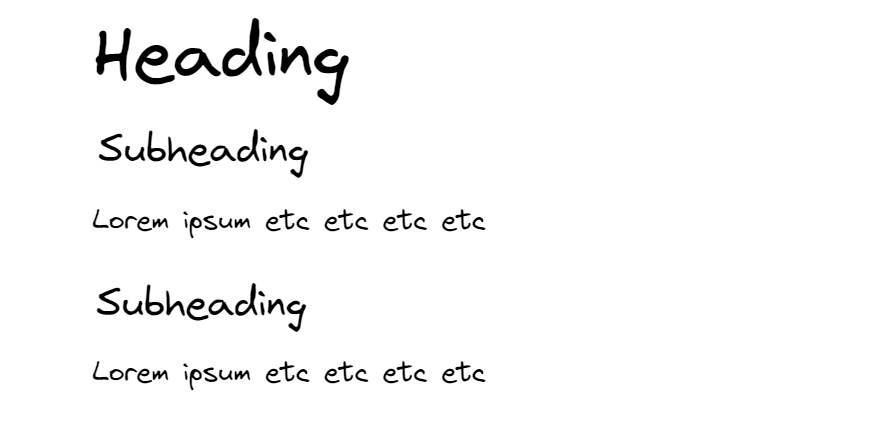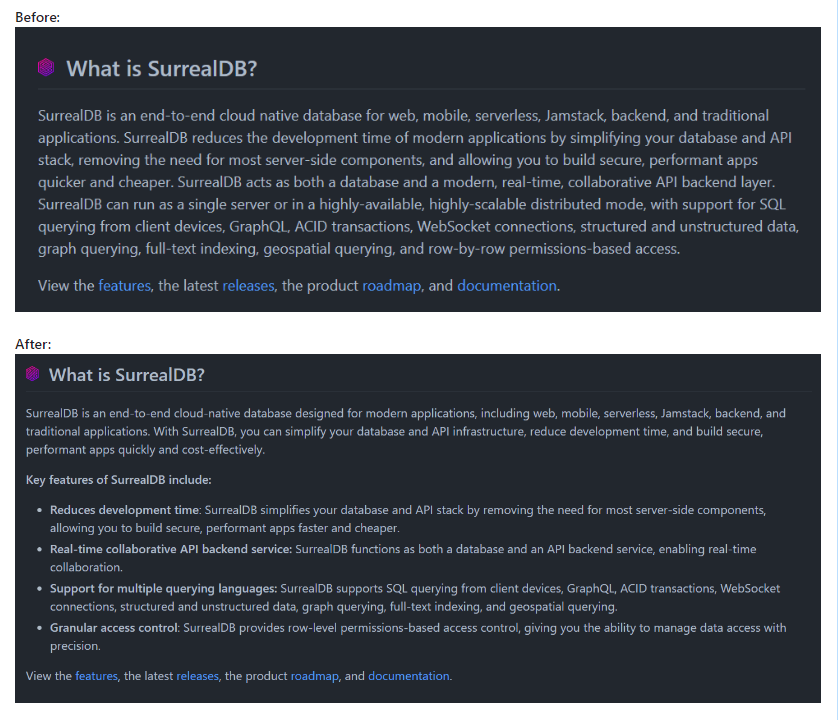Guide To Write Quality Tech Articles
 Shubh Sharma
Shubh Sharma
Intro
Imagine you have purchased a new type of device from the market, excited to explore its new features and capabilities. However, when you unbox it, you find that the user manual provided is written in technical language that is too difficult to understand. ☹
The manual fails to provide clear instructions on how to use your new device leaving you feeling frustrated cause you have no freaking idea how to use it.

At this point, you realize that what you need is a well-written and user-friendly manual that can guide you through the various features and capabilities of your new device.
This is where Technical Writing comes in to provide easy-to-understand instructions that can help you make the most out of any technology.
With clear instructions, you can explore all the features of your new device and use it to its full potential.
What is Technical Writing? ⚙
Technical writing involves creating documentation, manuals, and guides that provide information on complex and technical subjects.
Technical writing aims to provide clear and concise information that is easy to understand, accompanied by diagrams, images or illustrations to help explain complex concepts.
A technical writer is also called a technical communicator.
The job of a technical writer or technical communicator is to transform any technical or complex subject into clear and concise documentation to ensure that such technical information contained is easily
comprehended❌ understood ✅
Is Technical Writing and Blogging the same thing? 🙊

Nope, Technical Writing and Blogging are not the same thing and both serve different purposes and have different target audiences.
Technical Writing involves technical subjects and a process of explaining complex terms and documents that are used in various industries such as software development, engineering, and healthcare.
Blogging, on the other hand, is a type of writing that is typically more personal.
Blogs provide personal opinions on a particular subject, but they can also cover a range of topics such as news, politics, tech, entertainment, sports, etc.
Blogs can be written by individuals or groups and can be focused on a particular niche or theme. Blog word is made up of (Web+log ) Bloggers write about a wide range of topics and often share their own opinions and experiences.
Note: Blogging may or may not involve technical subjects so it all depends on the writer, however, if the writer is having a technical background and wants to write blogs for the tech audience then it becomes a Tech Blog.
Some examples of Tech blogs are:
TechCrunch
The Verge
Wired
TechRadar
freeCodeCamp/news
Why it's important to write clearly? 👓
Effective information sharing requires clear and concise communication through various mediums such as text, video, or audio.
If the information or instructions being conveyed are too complex or unclear, it may be difficult for people to fully understand it.

Skills required to be a good tech writer 🤹♂️
Communication skills - Being a technical communicator you must possess efficient communication skills to be able to appropriately convey technical information clearly and concisely to your audiences.
Technical skills - Technical skills are equally important for you, as you need to have a good understanding of the subject matter that you are writing about.
Research skills - Technical writers often need to gather information from various sources to write accurate and comprehensive documentation.
Good to have - Designing skills, Motivation to learn new things, Teamwork skills.
Tips to improve your article 💣
Grab the attention with Intro: Grab the reader's attention with a strong and engaging opening paragraph.
Use Headings and Subheadings: Use headings to grab the attention of the reader and subheadings for every point that you want to explain in a paragraph.

Use Bullet points: Bullet points are a great way to share a list. Make sure you use bullet points whenever possible. I have used bullet points to share this list as well.
Use Grammarly: Grammar is important, trust me!
Use a logical flow: Organize your content logically and coherently. Present ideas and arguments in a sequential and easy-to-follow order such as points and one-by-one paragraphs.
Keep it short and simple (KISS principle): Often used in engineering, design, and communication fields to emphasize the importance of simplicity. The principle suggests that unnecessary complexity should be avoided and the simplest solution when needed should be used.
Use active writing instead of passive writing: In active writing, the subject performs the action stated by the verb, and the object receives that action. The active voice is generally more direct, concise, and engaging. A quick example:
Passive writing:
"A successful meetup event was organized by WeMakeDevs"
Active writing:
"WeMakeDevs organized a successful meetup event"
Note: if you notice here, you can see that the subject in active writing is at the beginning of the sentence.
Try to avoid too many jargon words: Try to keep the explanation as simple as possible.
Better User Experience (UX): Don't use big paragraphs instead divide the big paragraphs into small ones.
A quick example is my contribution to SurrealDB in which I raised an issue to make the official documentation more eye-friendly, catchy and readable.
(Click on the image to open in GitHub)
Use Images: because our brain loves images. After every 3 or 4 big paragraphs try to use an image to ensure that your article doesn't turn into a boring piece of text.
AI tools to help you: A bit controversial but you can use AI tools such as ChatGPT and RIX to help you and thus increase your overall productivity.
Take feedback: You can reach out to a variety of individuals who have expertise in the tech industry or fellow writers, editors, industry professionals, or even your readers. Each perspective can provide valuable insights.
Give Credit to the resources: Share resources that you have used at the end of the article and also give credit to the folks who made those resources.
Steps involved to write a good tech article 🍜
Pre-writing: Finding the focus of the article.
Researching
Drafting: Starting a basic idea/structure of the article
Revising and Improving: Improve
Editing and Proofreading: Make sure your article does not have any typo or mistakes, etc and then finish it.
Conclusion

With that said, I hope you found this one informative and valuable. I am very sure that if you follow this guide your articles will be improved!
Remember that practice makes perfect. The more you write, the better you'll become at writing.
Feel free to leave your feedback as it will help me improve my articles!
Subscribe to my newsletter
Read articles from Shubh Sharma directly inside your inbox. Subscribe to the newsletter, and don't miss out.
Written by

Shubh Sharma
Shubh Sharma
Self taught product designer and developer.
